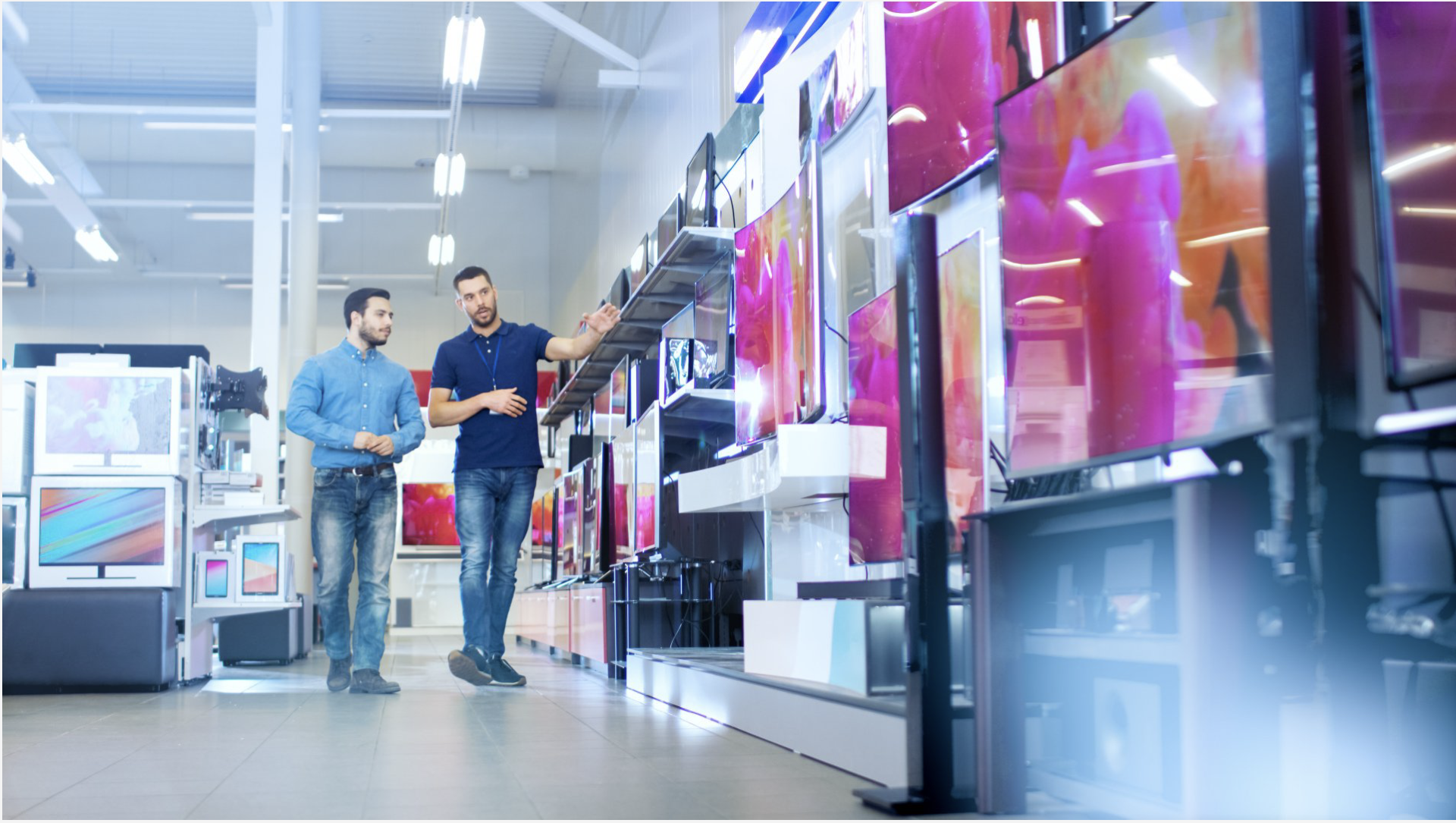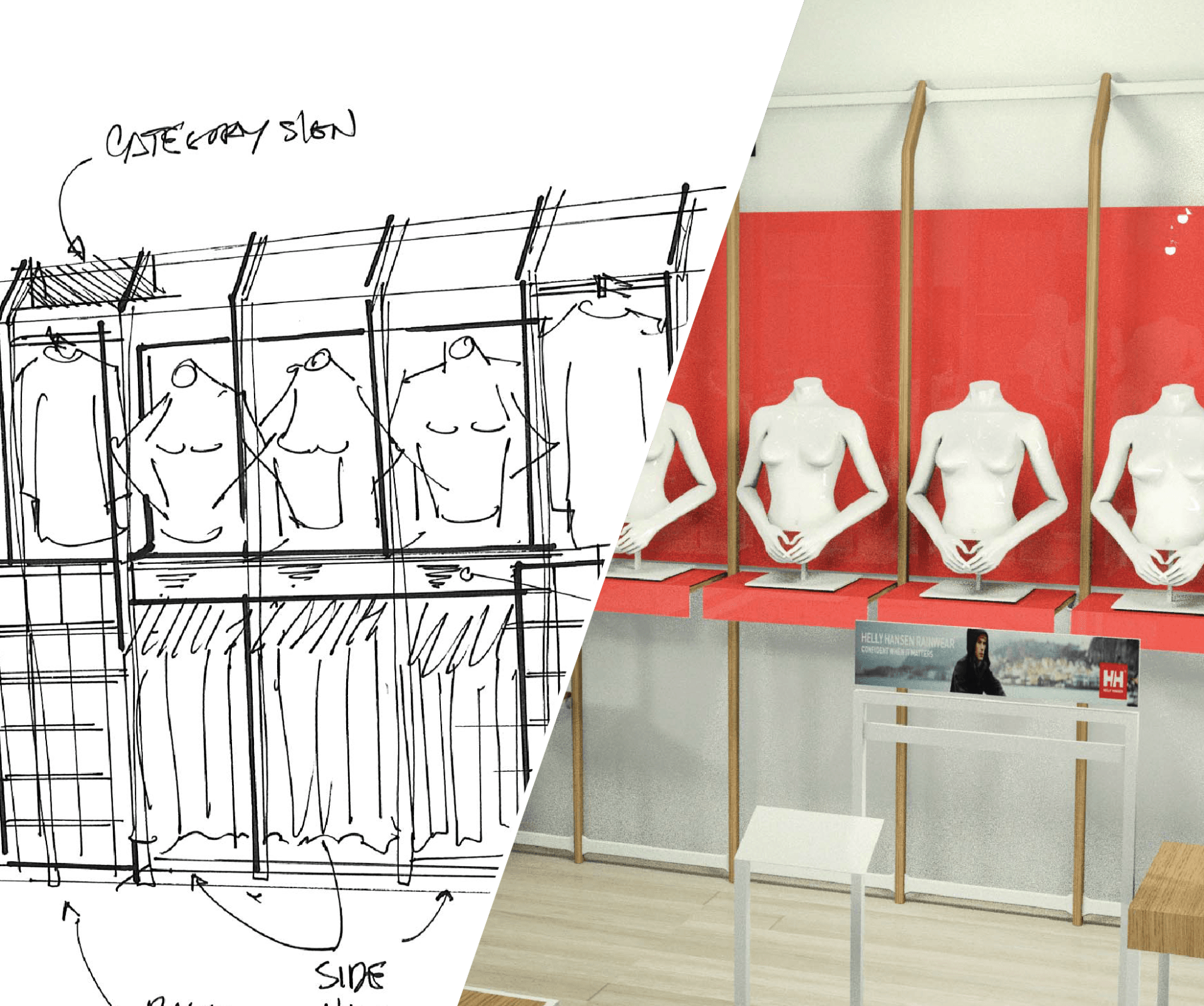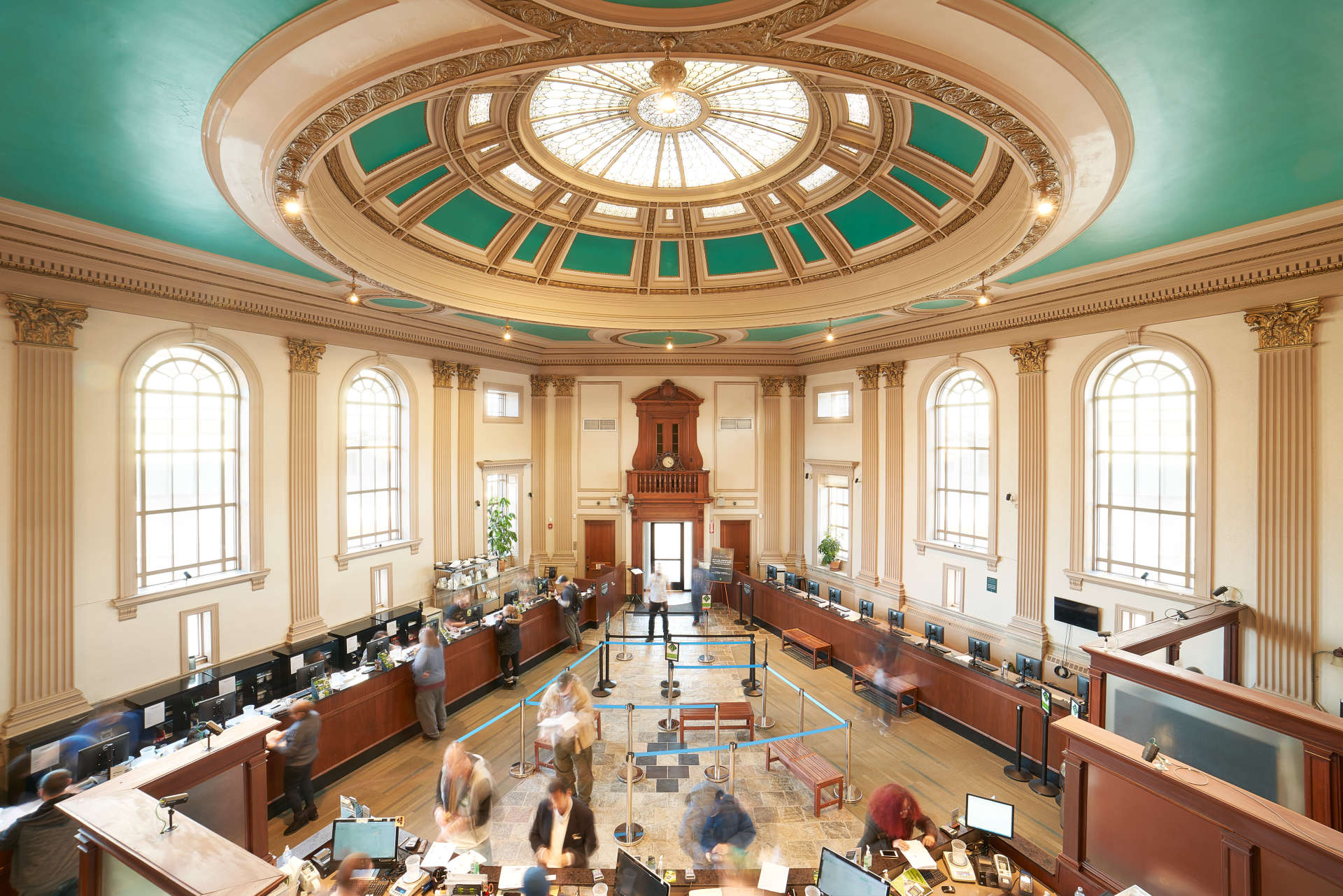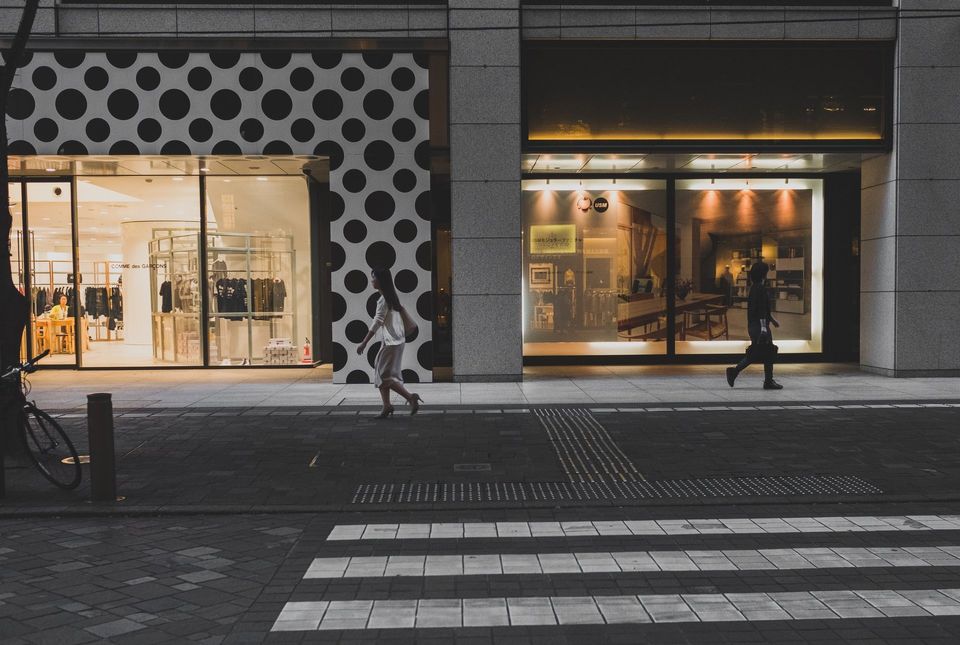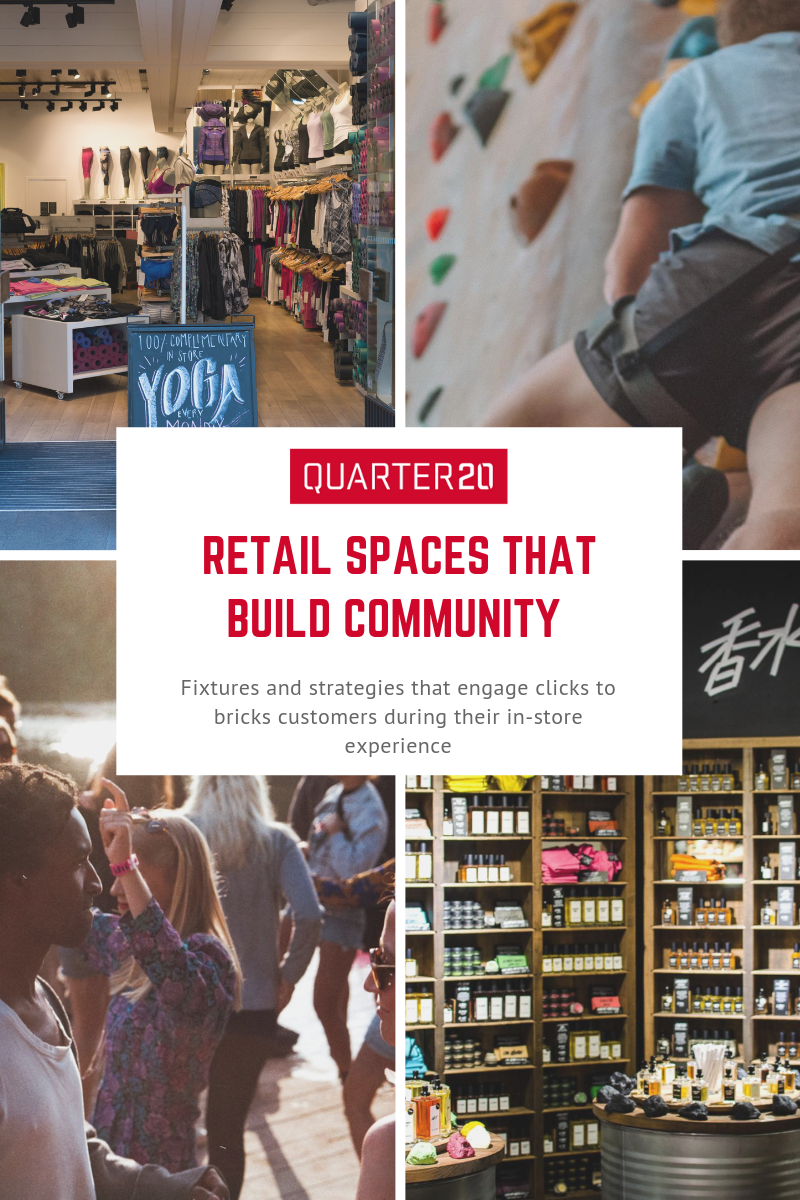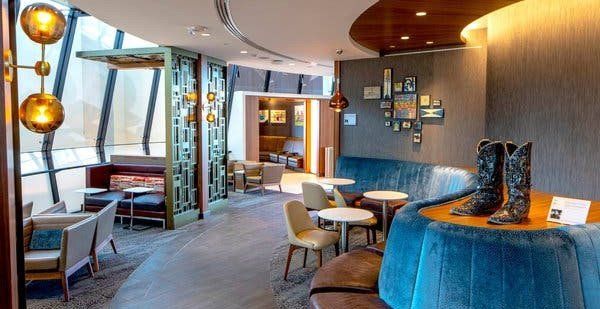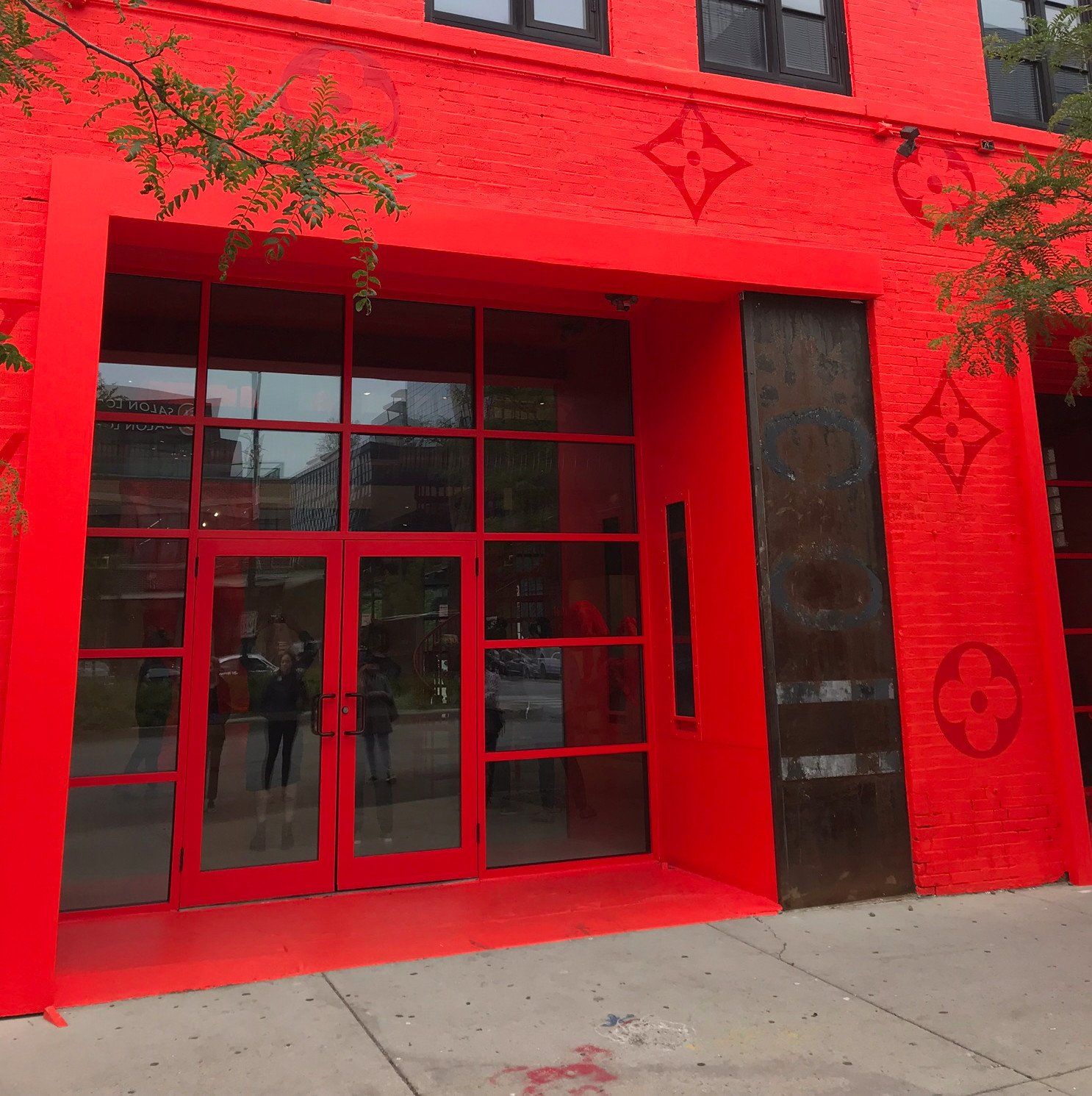5 Key Considerations for Designing a New Retail Experience
When we look at how retail strategy has changed in the last 20 years, the transition has been remarkable. Customers order from their phones, quickly compare prices and features online, and are constantly barraged with targeted marketing based on the choices they make online. No one can deny the success of online selling, yet retail remains a constant. In order to capture this ever changing market, retail environments are reinventing themselves and redesigning for the new retail experience.
This new retail experience acknowledges and blends elements of online shopping and digital marketing to draw people into the store. At the same time, it makes shopping in a retail space a necessary and enjoyable experience.
When designing a retail space that leverages consumer expectations for online shopping, consider these important caveats:
1. Engage the five senses. Play on the advantages shoppers recognize for shopping in person. Only retail stores can fully engage all 5 of the customer’s senses, particularly touch, smell, and taste. Retailers can take advantage of interactive displays to allow customers to actually pick up items and engage their senses. When evaluating a fixture program, make sure to account for ways store fixtures can help customers to immerse themselves in the retail experience.
2. Allow immediate gratification. Customers have been conditioned to want things faster and faster, and they choose retail for immediate gratification of purchase. If you have an opportunity to take immediate gratification a step further – say, by providing in store monogramming service – you can delight your customers.
3. Make it fun. Experiences make people happier than material objects. Some retailers like Nike draw customers by allowing them to try shoes in lighting and virtual displays that simulate running through Central Park. The key is to make the brick and mortar store an experiential, living showcase through retail experiential design.
4. Streamline procedures. Millennials grew up in the digital age of immediate gratification, and people become quickly frustrated by slow or cumbersome procedures. Use technology to engage the customer and make your processes more efficient. For customers frustrated with checkout procedures, companies like Walmart are incorporating applications that allow self-checkout through a mobile app.
5. Incorporate digital. Experiment with ways to cross market, such as an Instagram contest that for customers who post pictures from the store. Find partners that can help you use digital in your event marketing strategy. Or offer an option to buy online and pick up in store, which has two advantages: the customer gets quick gratification, and is exposed to more products near the point of sale.
When designing a new retail experience, the key is to maximize the advantages of retail while incorporating links to digital. It requires an ongoing evaluation of technology, shopping habits, and ways to keep the store experience fresh. But Businesses that can do this effectively can maintain the best of both worlds – a successful brick and mortar presence with complementary online revenue streams.
*****
QUARTER20 , Inc., provides full-service experience design, production, and manufacturing. Based in Chicago, our offices around the world serve a vibrant client community.
Inspired by our clients’ passion, we are invested in their success. Quarter20 thinks hard and works harder towards smart solutions in meaningful ways. We bring beautiful brand experiences to both defined and desired audiences.
Through omni-channel strategy, retail experiences, event marketing, premium branded environments, and fixture programs, we specialize in bringing global brands further and farther than ever before. Contact us to discuss your retail design project requirements today.
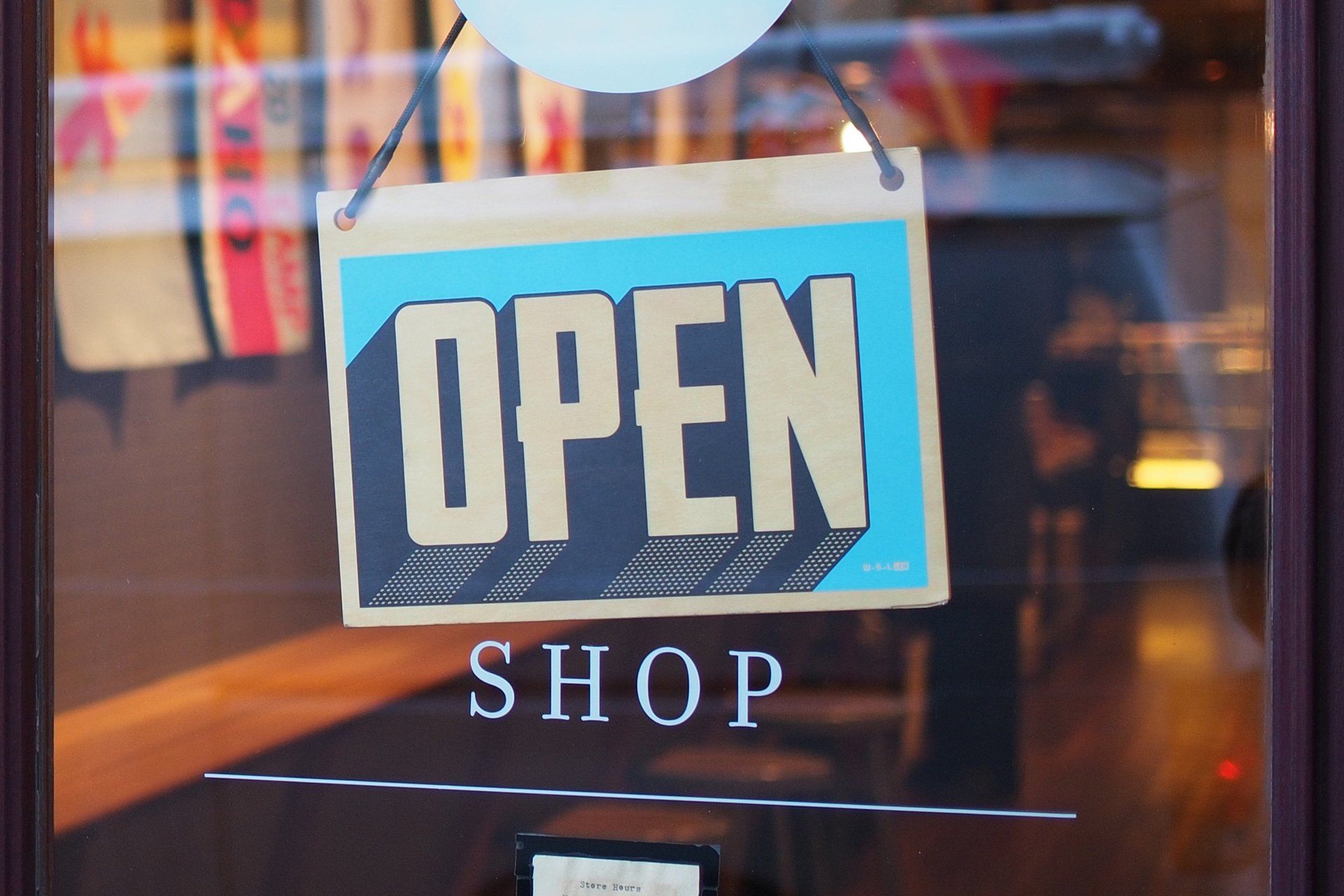
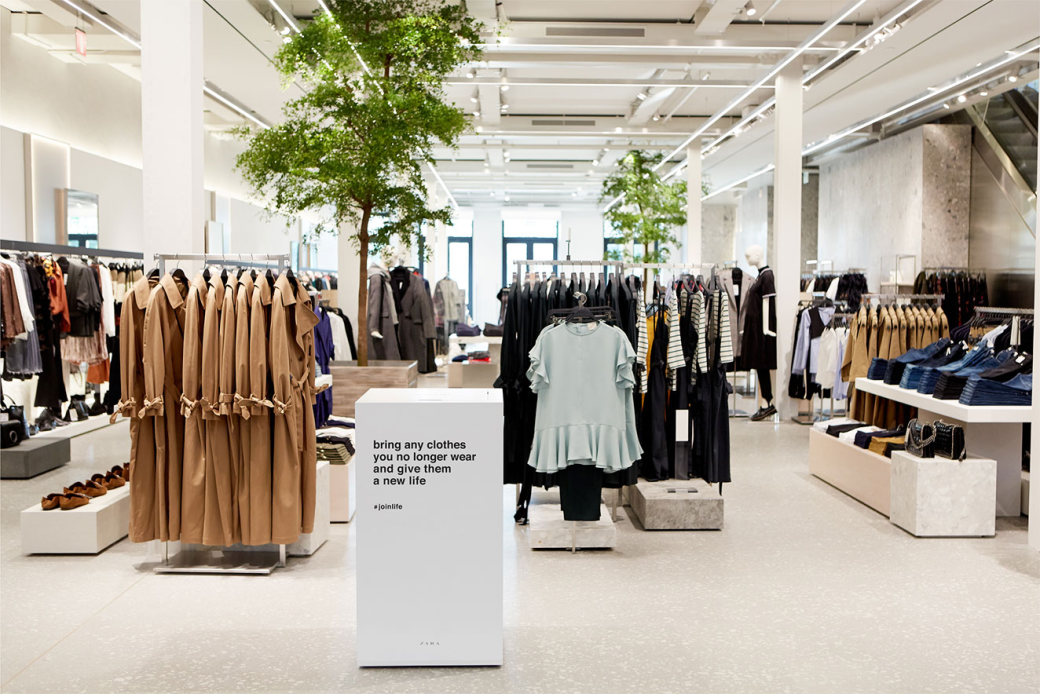
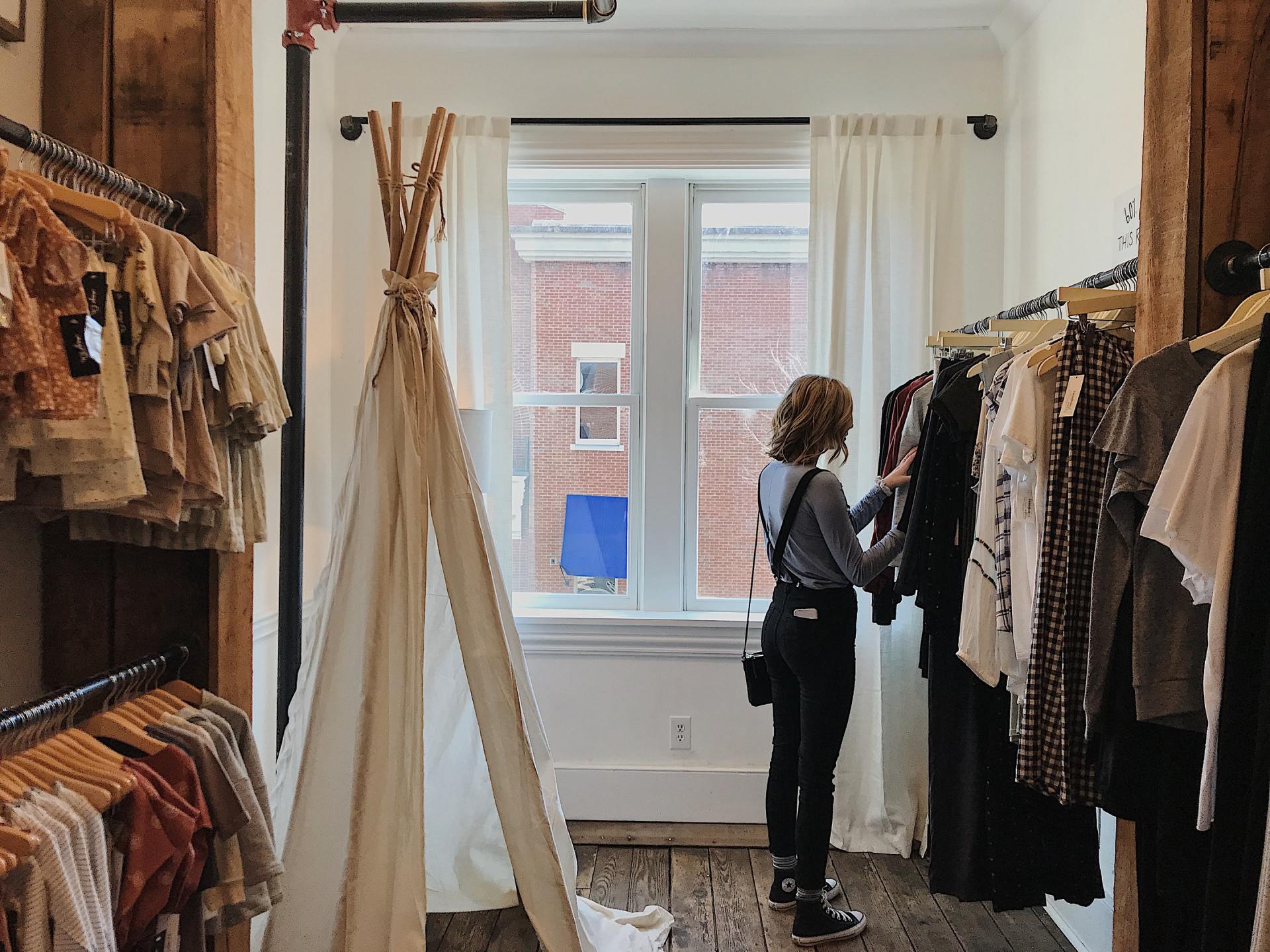
The Case For Convenience. How These Retailers Built Convenience Directly Into Their Brand Experience
